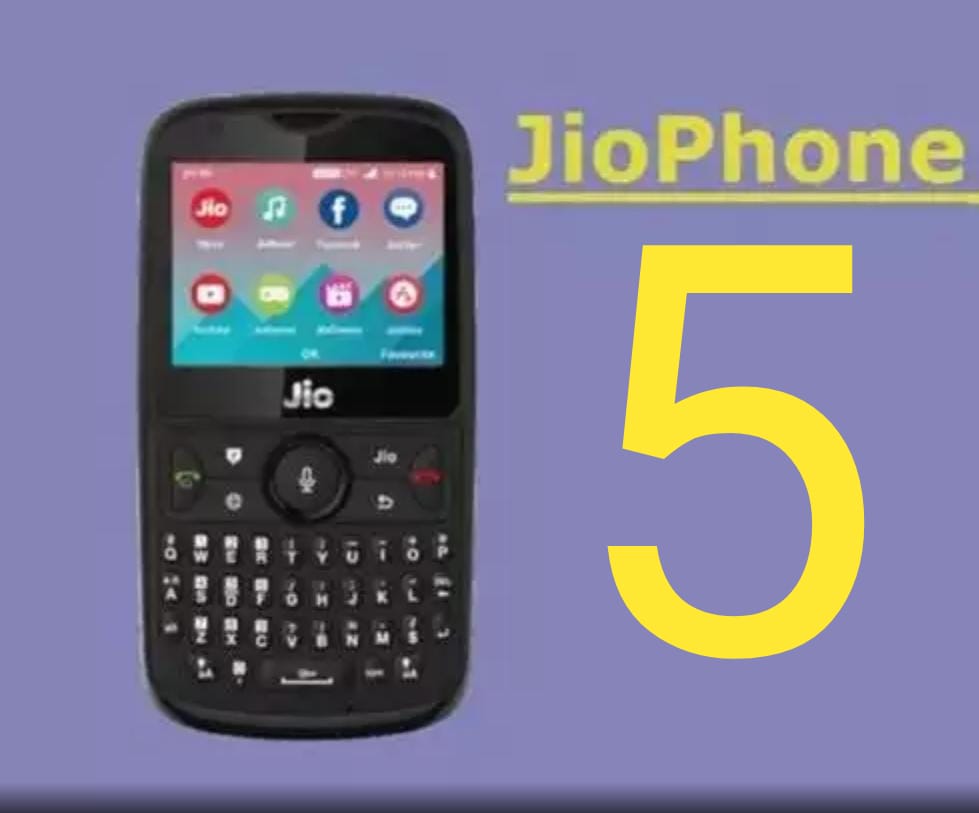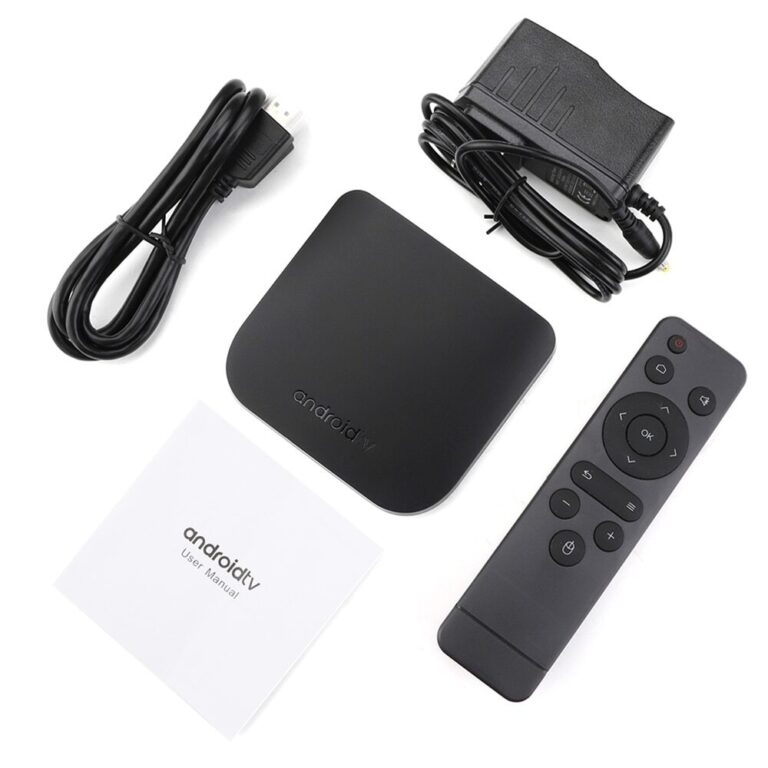Contents
A brute force approach
Two-minute review
The Poco X3 isn’t your typical mid-ranger. It tries to jostle with phones costlier than it at many levels. a fast glance at the spec sheet will reveal no real shortcomings or weaknesses, which isn’t something we get to mention all that always when it involves smartphones. Thankfully, most of them do translate to real-life usage also.

For starters, it’s the primary and only smartphone within the world to be powered by the Snapdragon 732G chipset. it’d not be far better than something just like the Snapdragon 730G, but it seems more responsive and smooth than anything we’ve tasted during this segment. this is often partly thanks to the 120Hz display, which remains exclusive to Poco during this segment. Even the response rate has been bumped up, adding another layer of speed.
Even the cameras on the Poco X3 are not any slouch. an outsized 64MP primary sensor, a comparatively high-res ultra-wide lens, and two auxiliary shooters, paired with a strong suite of shooting modes make it a particularly enjoyable camera.
From creation to content consumption, we also get dual stereo speakers and a Hi-Res headphone jack. If that wasn’t enough, it also sports IP53 water-resistance, an IR blaster, a side-mounted fingerprint scanner, and a refreshing software skin. The Indian variant also gets a raise to a mammoth 6,000mAh battery.
For a seemingly perfect phone, the sole aspect holding the Poco X3 back is its dimensions. At over 10mm thick and a weight of just about 230 grams, it’s one among the bulkiest phones of the season. If that doesn’t bother you much, you’ll be pretty satisfied together with your purchase. There’s not much to complain about here otherwise.
Officially launched in India on September 22, the Poco X3 is out there in three variants. the bottom variant is priced at Rs 16,999 and has 6GB of RAM and 64GB of storage. The 6GB + 128GB variant is priced at Rs 18,499 while the highest variant with 8GB of RAM and 128GB of storage will set you back by Rs 19,999. it’s now available for purchase on Flipkart via flash sales, but should soon be more widely available.
In comparison, the ecu Poco X3 NFC starts at €229(~Rs 20,000) for the 6GB + 64GB model and goes up to €269(~Rs 23,500) for 128GB variant.
In India, it competes with the Realme 7 Pro, the Redmi Note 9 Pro Max, the Samsung Galaxy M31s, and therefore the Moto One Fusion Plus within the sub Rs 20,000 segment. The Poco X2 continues to retail at almost equivalent prices, but stocks are easier to return by.
Design

10.1mm thick, 225 grams heavy
Plastic back
IP53 rating
Of late, Poco phones had been supported designs introduced by its cousins under the Redmi brand. The Poco X3 may be a welcome departure from that trend, bringing a fresh design. The polycarbonate back features a thick etched strip running through the center with large Poco branding towards rock bottom which shines in iridescent colors when light hits it. The cameras are located during a new circular island which has been cut from the highest and bottom. supported your tastes, it’ll either seem iconic or polarizing. I prefer my phones to seem unique, so this design approach was right up my alley, though the brand could’ve been subtler.
Most people I showed it to the thought that it had been a case rather than the particular back of the phone. Holding it does little to clear that confusion, thanks to the sheer size of the device and therefore the rather hollow feeling towards the center. While we usually prefer glass backs, I can not imagine what proportion heavier the phone would be.
While the flex does make it seem cheap, it makes the Poco X3 easier to carry. That goes an extended way in improving the in-hand feel, as this phone is an absolute unit otherwise with a waistline of over 10mm and a weight of 225 grams. It treads into the territory of the Asus ROG Phone 3 and therefore the Samsung Galaxy M51—two phones which have strong reasons to be that hefty.
Thankfully, the flexible curved back and therefore the grippy texture go an extended way in improving how easy the phone is to wield. Though be warned, one-hand operations are getting to strain your pinky finger. It’s not the worst experience, but people with smaller or skinnier pockets could have a worse time. For what it’s worth, the load distribution is spot on, making the experience a touch more bearable.
The back panel blends in perfectly with the aluminum frame. The fingerprint scanner is embedded within the facility button on the proper, with the quantity button sitting above it. the other side houses the triple hybrid SIM tray while the rock bottom edge has the USB Type-C port, flanked by the loudspeaker and therefore the 3.5mm headphone jack. On the highest are the IR blaster and an outsized earpiece grille. The new Z-axis motor does bring the haptics to life and maybe felt at every interaction. There’s also an IP53 rating.
Overall, the Poco X3 had to understandably grow in size to accommodate everything that it offers. For my predominantly at-home usage, it wasn’t much of a deterrent, but your mileage will vary. Similarly, you would possibly have different feelings for the bold new back design. there’s a case included within the box, but it’ll make the footprint even bigger. In my opinion, the Shadow Black variant looks better than the Cobalt Blue.
Display
6.67-inch LCD screen
20:9 ratio
120Hz refresh rate, 240Hz touch response
Higher refresh rate displays are unarguably the longer term of smartphones. However, its usefulness on a budget smartphone is often questionable. They often struggle to push those extra frames.
When the Poco X2 was unveiled earlier within the year, it took the crown for the most cost-effective phone with a 120Hz panel. The Poco X3 continues that trend with a 6.67-inch LCD panel with a Full HD+ resolution. Unlike its competition, the Poco X3 manages to truly sustain the upper frame rate through various apps and pages. I’d go as far as saying that it had the foremost consistent output of any phone during this segment.
On an equivalent line, the move to a 240Hz touch response was also pretty evident. Each scroll and swipe felt instantaneous as if they knew my next step. If you’re coming from a phone with a typical input rate, the difference is going to be easily noticeable.
On paper, the opposite stuff is pretty standard. The display during a position|is ready”> is in a position to render colors in a very respectable fashion—the kind where we didn’t miss an OLED panel whenever a dark scene was on. the colors are very vibrant and rich, making for a pleasant viewing experience. We had no issues with the sharpness either. the color scheme is often customized to lower saturation levels or different temperatures.
The only time it felt inadequate was under direct sunlight. the height brightness of 450 nits is simply not enough sometimes. Indoor usage was fine, as was using it in the dark, because of pretty low minimum brightness on the opposite end of the spectrum.
The Poco X3 features a single, centrally-placed hole-punch notch for the selfie camera as against the pill on the X2. It isn’t too big to look obtrusive, but having it tucked away within the corner would’ve been better.
We’d be lying if we said that we didn’t enjoy viewing content on the Poco X3. The expansive canvas with smooth transitions and none of the color inaccuracies that sometimes accompany high refresh rate displays make it one among the simplest during this segment. Unless you absolutely prefer an AMOLED, this one will serve you well.
Audio
The good stuff continues with the audio. The Poco X3 offers a dual speaker setup: a primary loudspeaker on rock bottom with the earpiece doubling because the other. The combine to supply one among the loudest outputs on a phone during this segment. It’s pretty clear too, except at the very best levels where some rattling creeps in.
The phone also sports a 3.5mm headphone jack for easy plug and play streaming. Hi-Res certification also cuts. Transmission over Bluetooth was solid too, completing the audio trifecta.
The call quality and network reception were great. it had been so loud that I often had to lower the quantity during a conversation.
Performance and gaming
The first phone with Snapdragon 732G
UFS 2.1 storage, LPDDR4X RAM
The star of the show is meant to be the new Snapdragon 732G chipset. This 8nm octa-core chipset takes the Prime core’s frequency up to 2.3GHz and is paired with a bolstered Adreno 618 GPU.
Poco prides itself in providing a smoother experience than what we’d expect from phones during this segment. From that perspective, the Poco X3 is that the assets in its lineup. It raises the bar in terms of how smooth budget phones are often, with a performance that did not catch up. no matter what we threw at it, lags and stutters were rare to return by. Scrolling pages, switching between apps, looking up options within the settings, or editing photos: none were ready to slow it down.
Switching gears to gaming painted an identical picture. Moderate 3D titles like dune buggy Racing 2 could run at over 100fps in the very best settings. Call of Duty: Mobile also can be cranked up to higher graphics or frame rates for a good performance.
Moreover, the wide display with a high touch input rate, stereo speakers, and assuring heft added to the gaming experience. We didn’t experience any heating either.
Software
MIUI 12 for Poco
Android 10, are going to be updated to Android 11
Plenty of features and customizations
The Poco X3 runs on Poco Launcher supported MIUI 12 atop Android 10. It takes the simplest bits from Xiaomi’s interface and adds a coat of paint on top for a more polished experience.
Some visual elements like the iconography and quick settings will seem familiar to what MIUI offers. Others like the settings screen and therefore the app drawer is much more approachable and delightful. Everything is neatly categorized and color-coded for easier access. In some ways, it’s closer to stock Android. Each setting screen also brings easy-to-understand elements and animations to raised explain the present stats.
Plenty of customizations are available, stretching from home screen layouts to system-wide dark mode options which will even be forced on to third-party apps. In our testing, some apps like Snapchat got tousled, but Facebook seemed alright. We’d recommend whitelisting apps after trying them out. I feel this is often also the primary time that the phone also brought changes to the brightness and contrast levels on the UI level while switching to the dark mode.
While the interface is pretty clean and straightforward to urge won’t to, there is a minimum of a dozen unnecessary apps pre-installed. All of them are often uninstalled. There are not any ads on the Indian variant, but we did encounter a few stray notifications from the aforementioned apps.
Gamers are going to be glad to ascertain Game Turbo make an appearance. It can act as a repository for all of your games while also giving options to fine-tune the preferences individually. During gameplay, it also can be summoned via a swipe from the highest corner, revealing current CPU and GPU usage, framerate, shortcuts for floating WhatsApp, and Facebook as quick toggles for screenshots and screen recording. Weirdly, it doesn’t block heads-up notifications when a game is launched, so you’ll need to turn that off within the overall settings or enable DND.
BATTERY
6,000mAh battery in India
33W fast charging
Charger included within the box
The battery life is sweet, but not 6,000mAh good.
The biggest difference between the Indian Poco X3 and therefore the global model is that the larger 6,000mAh battery. Between the new chipset, a high refresh rate display, and an important software skin, the battery life did not live up to our expectations. It’s possible to kill it for a day.
Our usage included about an hour of sunshine gaming, social media and calls, and Wi-Fi or data on all day. Such moderate usage yielded a screen-on-time of 6-7 hours usually. It’s great by any means and will suffice most users for a whole day then some, but the sheer capacity of the battery had our hopes high. With lighter usage, it is often taken to the second day.
Out of the box, it supports 33W MMT charging. The included charger can refuel the Poco X3 from empty to full in about 2 hours. Pretty decent, considering the dimensions of the battery, but faster alternatives do exist.
If the Poco X3 had delivered slightly better leads to this department, it would’ve been the closest we’ve come to an ideal smartphone. we’ll continue testing the battery within the days to return to ascertain if prolonged usage features a positive impact on the battery backup. Options like variable refresh rate or a lighter skin could’ve also helped.
CAMERA

Quad-camera setup
20MP selfie camera
Many interesting shooting modes
The upgrades with the Poco X3’s camera might not be evident initially. On paper, it moves to a more inferior primary image sensor but the ultra-wide shooter gets an honest upgrade.
The primary camera may be a 64MP f/1.89 (Sony IMX682), shooter. By default, it produces images during a 4:3 ratio with a 16MP resolution. The results are fairly detailed with great color reproduction, good sharpness, and accurate white balance. The dynamic range was also pretty good, but make certain to show it on because it is off by default. There wasn’t much shutter lag either.
The ultra-wide lens gets a welcome upgrade to a better resolution 13MP sensor. Images had a surprising level of detail and dynamic range, though the white balance is often different than the first camera.
The dedicated 2MP macro camera is hard to master because the resolution and plane of focus leave little leg space for adjustments. More often than not, using the first camera at 64MP and cropping in will yield a more usable image.






